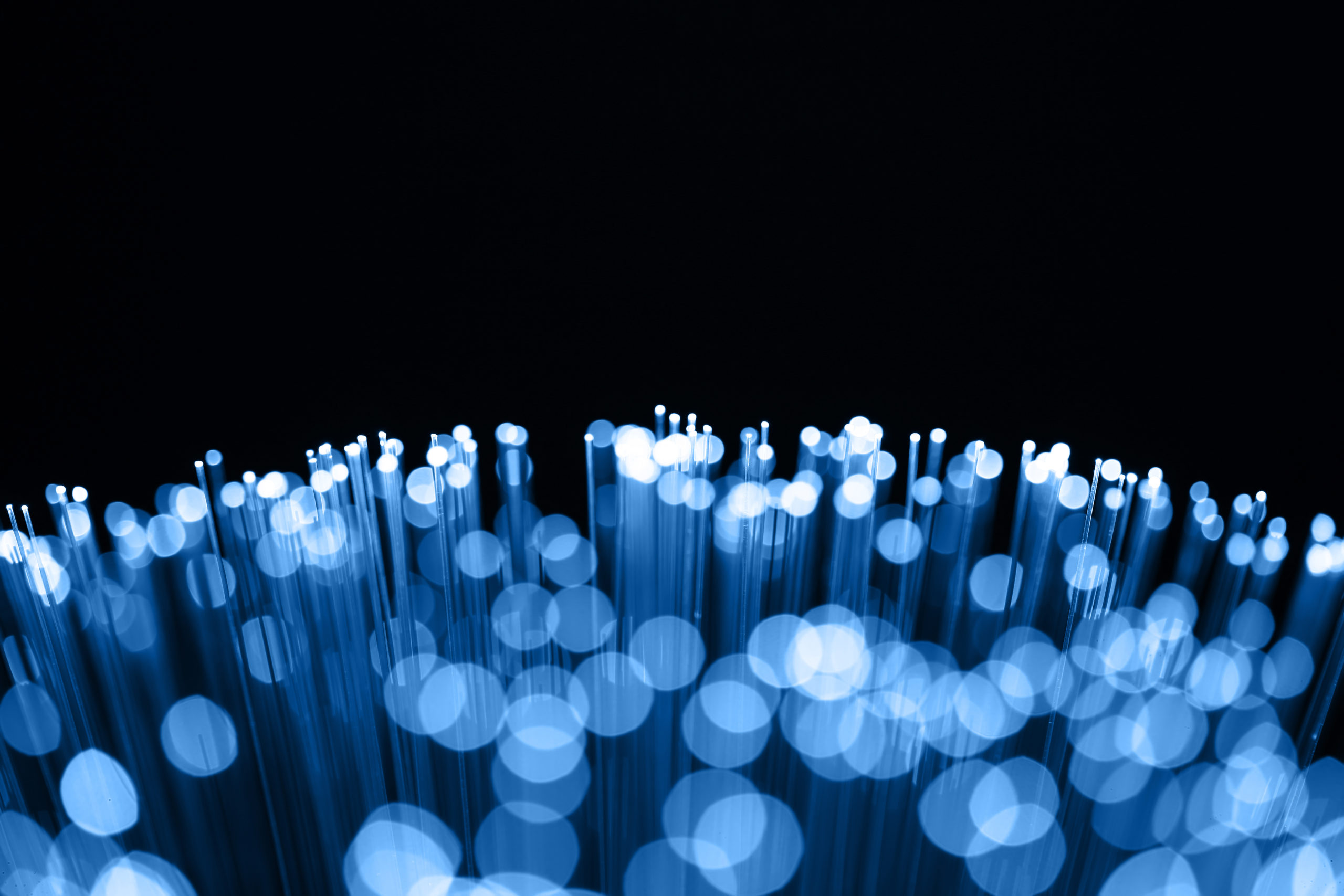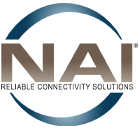
10 Dec Future of Fiber Optic Technology for Fiber Optic Projects
Today’s global businesses demand faster, more secure and larger capacity communication systems for their network operations. Fiber optic technology is expected to play a major part in this growth. A Research and Markets study determined that the compound annual growth rate for the fiber optic market could reach 8.5 percent by 2025, meaning more industries will be looking to the solutions presented by this technology. From healthcare systems to the marine environment, fiber optic cable is proving to be a crucial component of industrial infrastructure.
Fiber optic cable assemblies are also playing an increasingly vital role in residential applications. Homeowners now expect high-speed internet access as part of their daily lives, and telecom and data industry leaders are turning to fiber optic technology as a clean, reliable way to provide expected services. In the next five years and beyond, contractors expect to use fiber optic cable for improved connectivity in a wide variety of projects.
Development of Fiber Optic Technology
Fiber optic cables consist of either one or many thin strands of glass, which are protected by a flexible, transparent sheath. Rather than using electrical pulses to communicate information, this technology uses pulses of light. As a result, it offers technically boundless performance capabilities.
The capacity may be even more than you imagine: National Geographic reports that the newest transatlantic cable is capable of transmitting 100 hours of digital video or 30 million phone calls from one side of the ocean to the other at speeds of a single second.
There are plenty of applications for fiber optic cable assemblies, and their uses are only growing. This technology is the backbone of military networking, medical imaging and laser practices, and private and public networking for cable and internet.
One of the reasons fiber cables are so widely used is because they are extremely secure. This technology does not contain an electromagnetic field, so data cannot be intercepted, slowed, or jumbled with other signals.
The safety, speed, and security of fiber optics does come at a higher cost relative to other cable options on the market. But compared to the rising costs of copper, which is used in other cable technology, it remains competitively priced in the marketplace. Plus, metallic wiring is naturally thicker, which reduces load capacity and makes installation difficult in more challenging environments. Fiber optics provide the clarity and safety that modern homeowners and business leaders expect in infrastructure projects.
Fiber Optics in New Projects
Forbes reported recently that cities around the globe are beginning to use fiber optic cables for their communication needs. San Francisco, for example, is creating a city-wide fiber optic network as a way of treating the internet as a public utility.
The Pacific Light Cable Network, meanwhile, has plans to run 8,000 miles of fiber optic cable under the sea from Los Angeles to Hong Kong. To meet the growing demand for bandwidth arising from the popularity of social media and Google, this massive project will result in 144 terabyte capacity both ways.
Additionally, the expansion of new 5G wireless technology is being made possible with the help of fiber optic cable. Wired Magazine reports that telecom leaders are relying on millions of miles of new cables, allowing 5G devices across the globe to better connect and network with one another. With the price of smartphones decreasing in developing countries such as China, India and Brazil, this connection has never been more important for so many.
New Trends in Speed and Efficiency with the Future of Fiber Optic Internet
Fiber optic technology itself continues to develop alongside the increased demand for greater speed and efficiency. New devices called optical couplers and optical switches support a new communication trend called AON, or all-optical networks. This technology allows data to be transmitted without any electrical processing, which in turn can result in farther transmission distances.
Another recent improvement in fiber cables is known as WDM, or wavelength division multiplexing. This is a process that increases bandwidth capacity even further by allowing different carriers to transmit optical signals.
Then there’s OAM, or orbital angular momentum. This new technology forces light waves to twist in a spiral, increasing their ability to transmit information in a highly scalable manner. Experts at Technology Networks have even speculated that this method of transmission could increase transmission speeds by 100 times over the next few years.
Yet another advancement that is improving fiber optic technology is called ROF, or radio over fiber. This system allows for the transmission of radio frequencies using optical fibers, which are not impacted by electromagnetic interference. This has potential for development in the aviation industry as well as in public works projects, stadium construction, and commercial building construction, according to Wire Tech World.
Increased Demands for Technology
Part of the reason that industries are rapidly improving fiber optic technology is simply because both business owners and everyday individuals expect greater transmission speed and quality with each passing day. Over the next five years, citizens of every country throughout the world will be consuming more social media, streaming video, networked gaming, and other services that rely on fast, clean internet.
Temperature sensors used in wearable devices and smartphones also use fiber optic technology. According to the research firm Markets And Markets, this sector of the technology will be in high demand for healthcare equipment, energy companies, and the automotive industry. As a result, it is expected to grow by more than $2 billion over the next five years. And as new inventions become commonplace, new needs for fiber optics will present themselves.
Government Technology magazine calls fiber optic technology “future proof,” as telecom giants like Comcast are transitioning from copper coaxial cable to hybrid or fully fiber optic cable assemblies. Experts believe that fiber optics may prove to be more useful than wireless for increasingly sophisticated electronics. So far, fiber cables don’t seem to degrade like other infrastructure. It’s likely that the future of fiber optics will even outlast the next generation of devices and industrial requirements.
NAI has significant design and manufacturing expertise to provide fiber optic jumpers, harnesses and box builds to companies who want to use fiber technology in their products or businesses.

